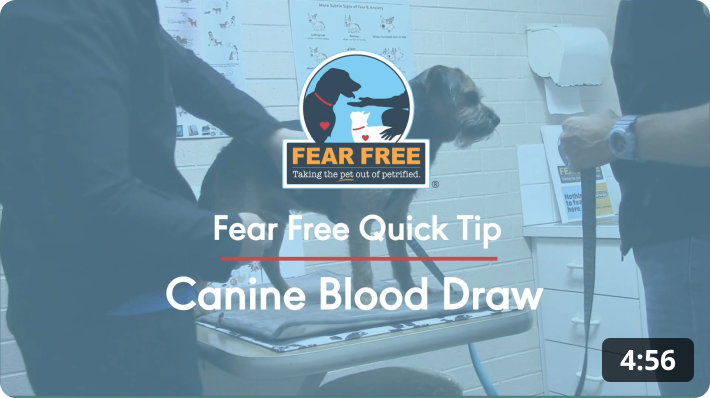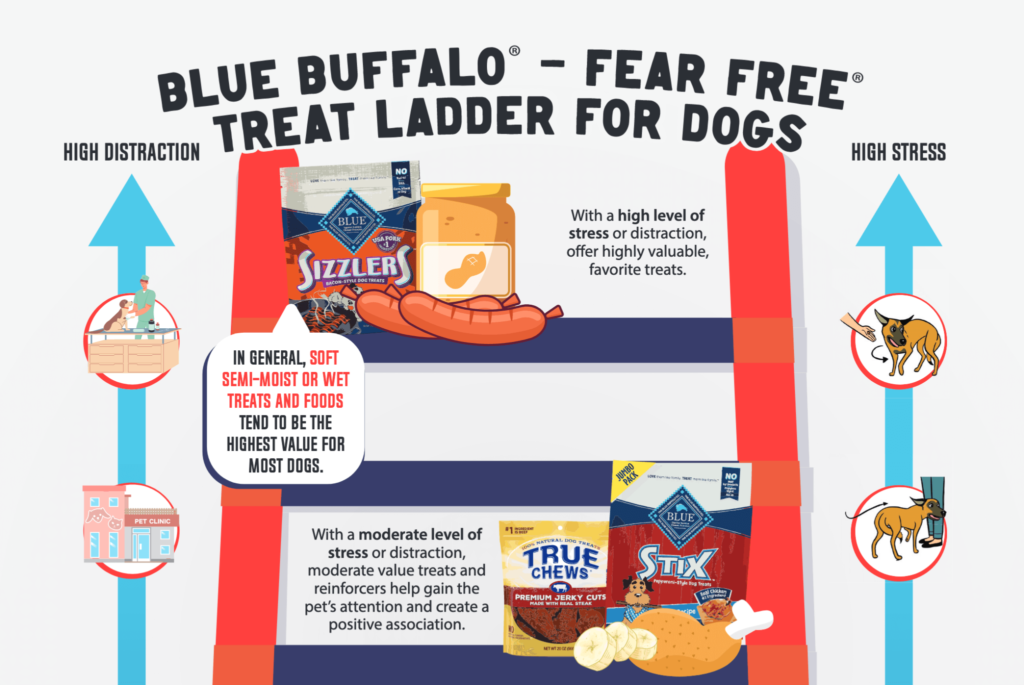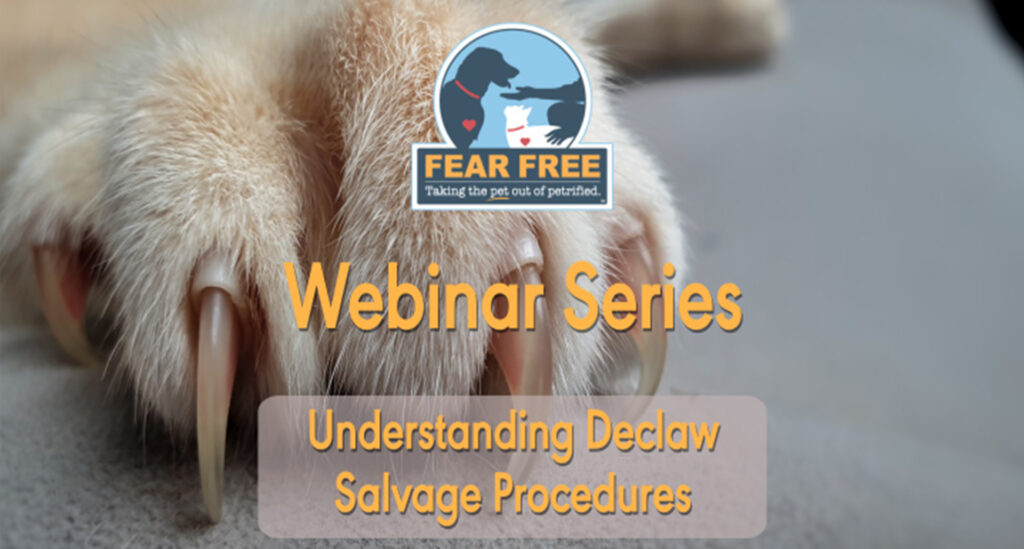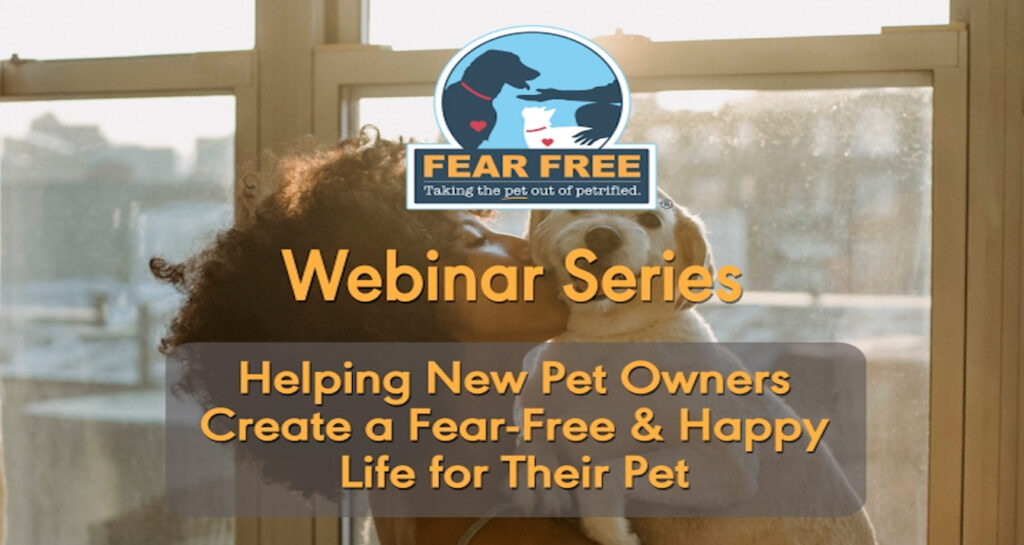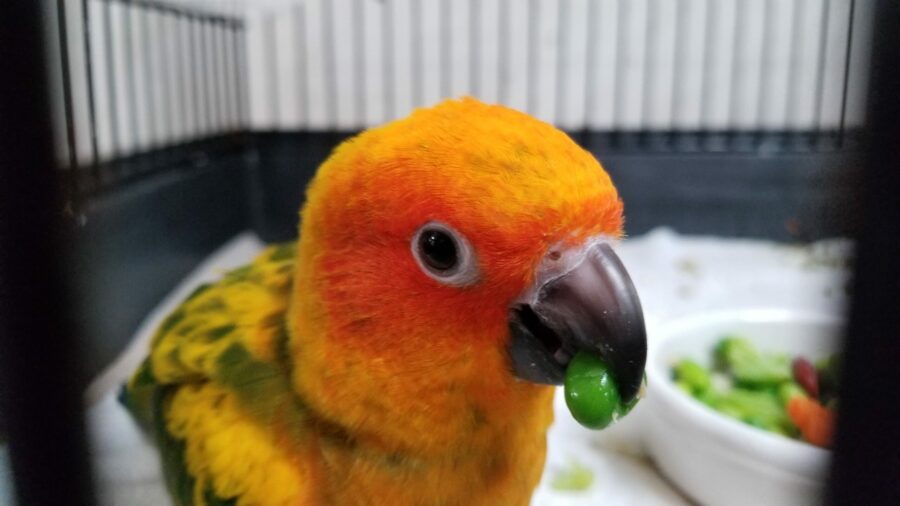Michael Petty, DVM, CVPP, CVMA, CCRTIf you have ever hit your finger with a hammer, the immediate response is often one of surprise or even frustration. The next day, as you are having trouble using that finger, a common emotion is disappointment at the discomfort you are experiencing and wishing that you had been more careful. What causes that reaction?
The “fear center” and the “pain center” occupy adjacent areas of the brain. The thalamus is the area of the brain that registers pain, and on either side of the thalamus is the limbic system, which is responsible for emotions including fear, anxiety, and the sequelae of stress (FAS).
These two areas of the brain “talk” to each other and send signals back and forth. The thalamus sending signals to the limbic system is what causes your reaction to hitting your finger with a hammer. When this thalamic-limbic crosstalk happens in an animal in acute pain, the animal may lash out at the owner or veterinary staff.
So now consider an animal who is in pain and has been presented to you. If experiencing acute pain, the animal may lash out due to a combination of pain and FAS. If experiencing chronic pain, many of these pets act dull and disinterested. The owner may even comment that the pet just doesn’t socialize and lacks the energy and mobility that she used to demonstrate. Even worse is the animal who has chronic pain, say from osteoarthritis, and now has an acute injury on top of it. The distress in some of these animals is almost too much to bear.
It is easy for us to recognize and treat acute pain, but the diagnosis of chronic pain states can be difficult for a variety of reasons. It takes time to take a thorough history and perform a complete pain exam on dogs and cats. However, there are many resources available to make that task easier, including pet owner-friendly screening checklists for osteoarthritis (Cat, Dog) and expert tips for the OA exam (feline OA exam).
Even with successful diagnosis, the treatment of chronic pain can sometimes be difficult especially if your treatment is narrow in focus. But it is essential to make a timely diagnosis of chronic pain and provide effective analgesia to be successful in therapy. And it is also important that the owner understands your diagnosis, whether through education alone or with the help of radiographs and teaching tools (feline and canine chronic pain). The owner is an essential member of the pain treatment team, both in the evaluation of treatments over time but also in enlisting them in the day to day therapies that might be required.
My approach to the treatment of chronic pain in dogs, for example, is to build a pyramid of treatments, and on the base layer I start with an NSAID. The NSAID I use most commonly is Rimadyl® (carprofen), which I really like for its effects on both pain and inflammation. For many chronic OA cases, there are other factors that can influence the ability to manage both pain and disease progression, and they should all be looked at.
For example, consider the animal next. Is he overweight? One study showed that in an obese dog, losing only about 10 percent of body weight can significantly improve lameness1. In other words, weight loss for an overweight dog can amplify the pain relief achieved with an NSAID alone
What about exercise? Again, one human study showed that one-half hour of exercise 5 days a week for people with knee OA was the equivalent of – you guessed it: an NSAID! So now you have tripled your pain-relieving efforts by building a solid foundation of multi-modal therapies, upon which you can add other therapies as needed.
It is beyond the scope of this writing to discuss all possible treatments: medications, physical therapy, acupuncture, and so forth, but I encourage everyone to read or re-read the 2015 AAHA Pain Management Guidelines for a thorough review of all of the pain management options we have for both acute and chronic pain.
What does the future hold for us? The most exciting thing I have seen on the horizon is the introduction of anti-NGF monoclonal antibodies. NGF, or Nerve Growth Factor, is one of several major “players” in the transmission of pain via the nociceptors. The use of these monoclonal antibodies holds great promise to reduce the sensation of pain in our patients with osteoarthritis. More information about the action of anti-NGF monoclonal antibodies can be found at the New Science of OA Pain website.
IMPORTANT SAFETY INFORMATION FOR RIMADYL: As a class, NSAIDs may be associated with gastrointestinal, kidney and liver side effects. These are usually mild but may be serious. Pet owners should discontinue therapy and contact their veterinarian immediately if side effects occur. Evaluation for pre-existing conditions and regular monitoring are recommended for pets on any medication, including Rimadyl. Use with other NSAIDs or corticosteroids should be avoided.
See full Prescribing Information at:
https://www2.zoetisus.com/content/_assets/docs/Petcare/rimadyl-prescribing-information.pdf
Reference:
- Marshall WG, Hazewinkel HA, Mullen D, et al. The effect of weight loss on lameness in obese dogs with osteoarthritis. Vet Res Commun 2010;34(3):241–53.
This article was reviewed/edited by board-certified veterinary behaviorist Dr. Kenneth Martin and/or veterinary technician specialist in behavior Debbie Martin, LVT. Sponsored by our friends at Zoetis Petcare. ©2021 Zoetis Services LLC. All rights reserved RIM-00324
Sponsored by our friends at Zoetis Petcare. ©2021 Zoetis Services LLC. All rights reserved RIM-00324

